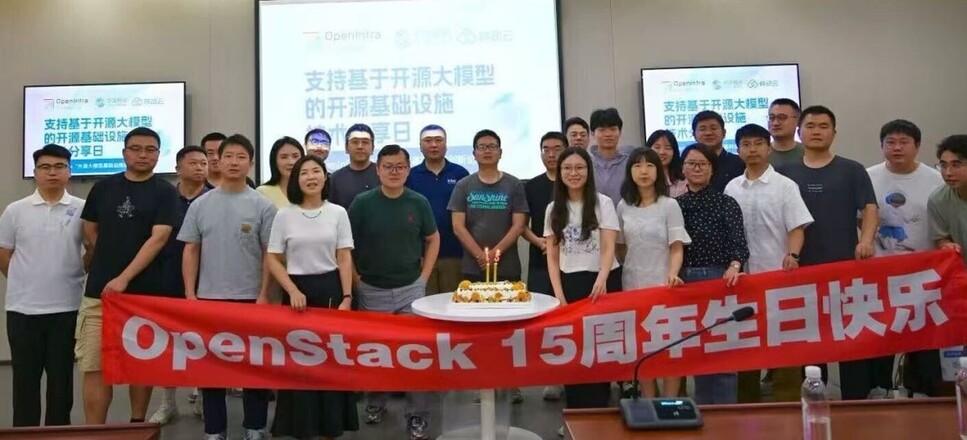
The OpenStack community has announced the release of OpenStack 2025.2, also known as Flamingo, marking the 32nd iteration of the world’s most widely deployed open source cloud infrastructure platform. The milestone release reflects both the maturity and resilience of OpenStack and its continued relevance in global digital infrastructure at a time when cloud adoption, artificial intelligence, and high-performance computing are driving exponential demand.
According to early findings from the 2025 OpenStack User Survey, worldwide deployments have now surpassed 55 million cores in production. That figure underscores OpenStack’s scale and growth, with adoption stretching from small startups to some of the largest enterprises in the world.
While mega-users such as Walmart, Workday, and CERN each operate more than one million cores, the community reports that the fastest growth is currently taking place among small and medium-sized businesses. Analysts value the OpenStack market at $22.81 billion in 2024, with projections that it will reach $91.44 billion by 2029, representing a compound annual growth rate of more than 32 percent. Much of this expansion is attributed to OpenStack’s appeal as an alternative to VMware and its capacity to handle AI, ML, and HPC workloads.
Thierry Carrez, general manager of the OpenInfra Foundation, emphasized the community-driven nature of the platform. He described OpenStack as “a shining example of open source at its best,” citing its critical role in delivering stable and reliable software while evolving to meet new workloads and use cases. Around 480 contributors from organizations including Ericsson, Rackspace, Red Hat, Walmart, BBC R&D, Samsung SDS, SAP, and NVIDIA participated in the six-month development cycle for Flamingo, producing close to 8,000 changes across the code base.
OpenStack’s Sustainability
The Flamingo release introduces several key advances. One of the most significant is progress on reducing technical debt by moving away from reliance on Eventlet toward modern Python asynchronous frameworks. This long-term effort reached new milestones with Ironic, Mistral, Barbican, and Heat completing their migrations, while Nova and Neutron advanced significantly. Nine additional projects remain in progress, with the objective of ensuring OpenStack’s sustainability for at least the next 15 years.
Security and confidential computing also feature prominently in Flamingo. Nova introduces one-time-use passthrough devices and AMD SEV-ES support, while Magnum adds Kubernetes cluster credential rotation. Manila enables users to bring their own encryption keys, and Horizon now supports QR codes for TOTP authentication setup. These features reflect the growing emphasis on enterprise-grade security in increasingly complex cloud environments.
Another notable aspect of Flamingo is its flexible release cadence. As a six-month “non-SLURP” release, it is intended for operators who prefer faster upgrade cycles between the community’s larger annual SLURP releases. The next SLURP release, codenamed Gazpacho, is scheduled for April 2026. Goutham Pacha Ravi, chair of the OpenStack Technical Committee, praised the community for its persistence in advancing the Eventlet migration, calling it a significant step in strengthening the platform for long-term stability.
The Flamingo release is now available for download, with further details published by the OpenStack community. Leaders will discuss the features in depth during an OpenInfra Live broadcast on October 2. For a project that began as an alternative to proprietary cloud infrastructure, OpenStack continues to evolve as one of the most important open source foundations for digital transformation worldwide.

![How A Chinese Villager Shook Silicon Valley [DeepSeek Founder]](https://wiredgorilla.com/wp-content/uploads/2025/04/how-a-chinese-villager-shook-silicon-valley-deepseek-founder.jpg)